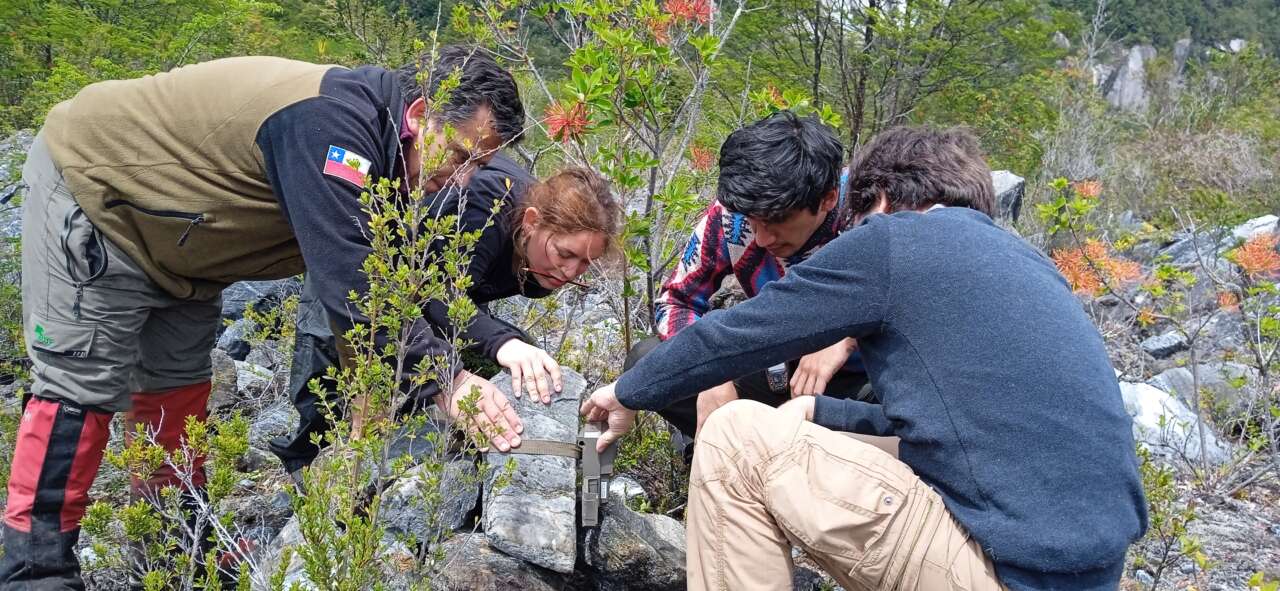


Habitat use is how animals use the physical and biological components of the environment. Studies relating habitat and wildlife in forest ecosystems have typically been conducted from the ground, even though most wildlife use the three-dimensional space. The objective of our study was to understand how wildlife uses the whole vertical profile of the forest and to analyze possible associations between different species and vertical forest strata, using camera traps and occupancy models. We defined four strata (forest floor, understory, lower canopy, and upper canopy) that range from 0 to 32 m from the ground. We installed 16 camera-traps per stratum (n = 64), and we analyzed the use of each stratum by seven taxa using occupancy models. We detected 24 wildlife taxa, including 17 birds, six mammalian taxa and one reptile. Occupancy models showed that rodents and two bird species were associated either to the forest floor or to the lower strata (understory and ground), whereas one furnariid bird and one marsupial used the vertical profile more frequent than the forest floor. Finally, the lizard and a furnariid bird preferentially used the lower and upper canopy. For all but one of the species, activity patterns were similar between the upper and lower strata of the forest. Our study shows that wildlife species differ in the use of the vertical profile of the forest and suggests that occupancy of species that select the canopy can be largely underestimated from ground-based surveys affecting management decisions.









